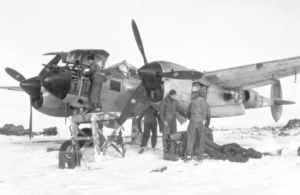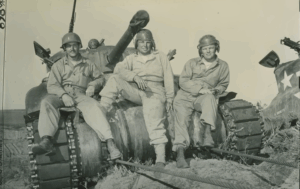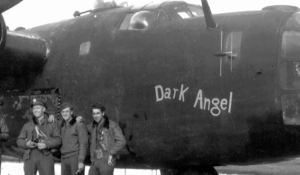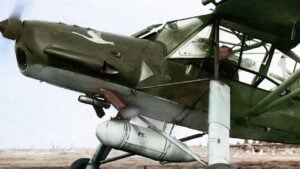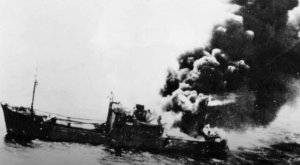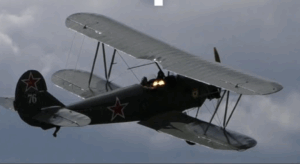Five Insane Facts About The Ultimate German WW2 Prop Fighter
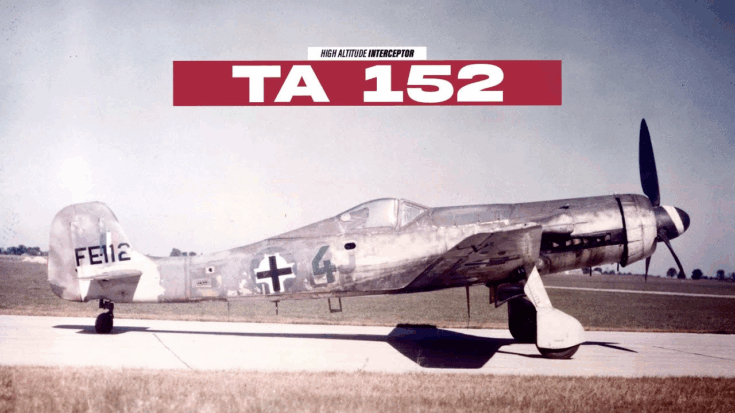
Australian Military Aviation History / YouTube
As Allied bombers soared over Europe late in WWII, the Luftwaffe found itself scrambling for answers. Enter the Focke-Wulf Ta 152—a high-speed, high-altitude interceptor designed to stop the unstoppable. Developed by legendary designer Kurt Tank, this sleek evolution of the Fw 190 had the makings of a world-class fighter… if only it had arrived sooner. Here are five insane facts about this nearly mythical warbird.
1. It Could Chase Bombers at 49,000 Feet
Most piston-engine fighters gasped for air above 30,000 feet—but not the Ta 152. Thanks to its GM-1 nitrous oxide injection system, it could operate at an astounding 49,500 feet—nearly the same altitude as the American B-29 Superfortress. With Allied bombers like the B-17 Flying Fortress cruising at 35,000 feet, the Ta 152 was tailor-made to meet them head-on… and fast.
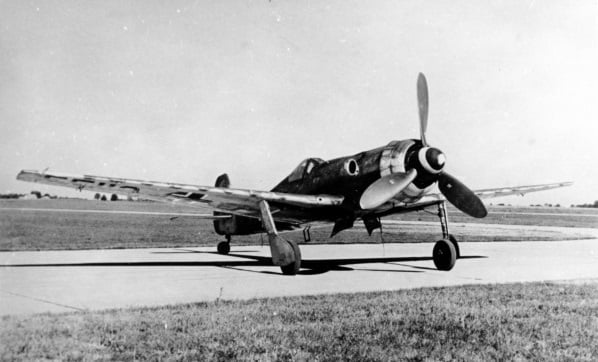
2. It Was Armed Like a Flying Sledgehammer
The Ta 152’s firepower was brutal. The lower-altitude C model packed four 20mm MG 151 cannons and a 30mm MK 108 in the nose—more than enough to shred even the heaviest bomber in a single burst. The H model, designed for altitude, kept a similar punch with two wing-mounted 20mms and the same 30mm centerline cannon.
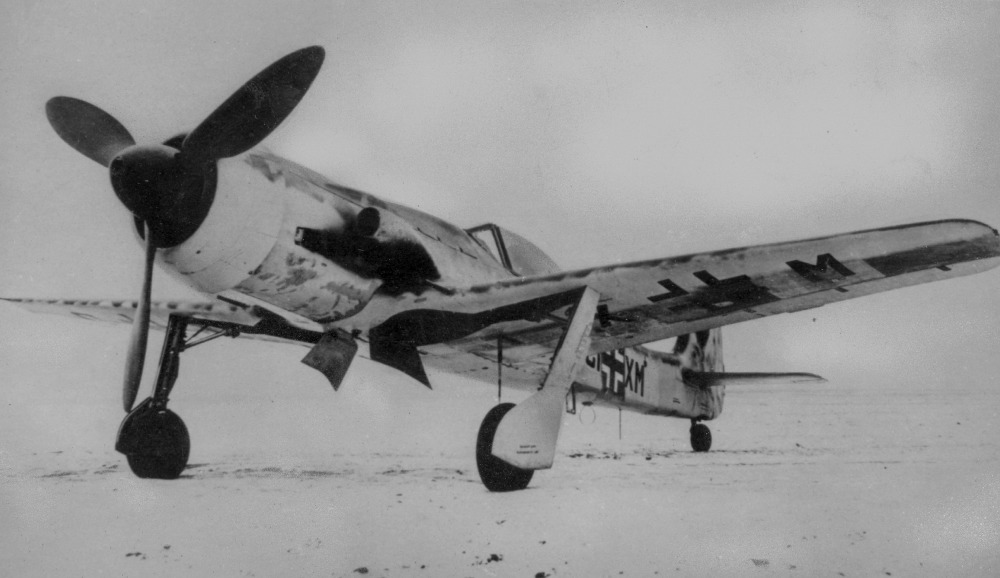
3. It Was So Fast, Kurt Tank Outran Two Mustangs
In one legendary story, Kurt Tank himself flew an unarmed Ta 152H to a meeting when two P-51 Mustangs tried to intercept him. With MW-50 methanol injection engaged and full throttle applied, Tank simply pulled away. In his words, the Mustangs became “no more than two dots on the horizon.” That’s 410 knots at 41,000 feet—easily among the fastest piston fighters of the war.
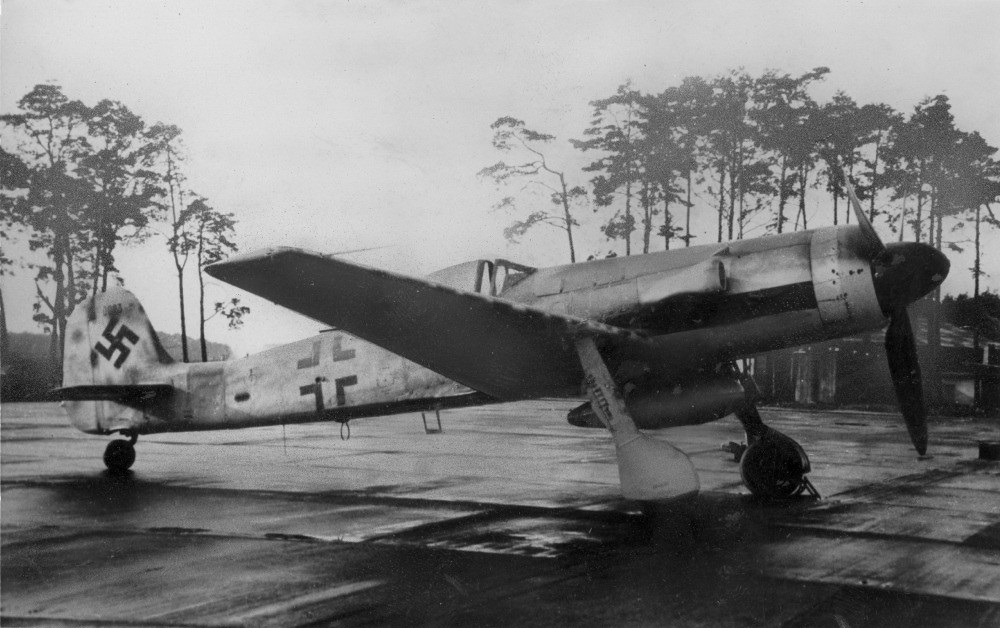
4. It Outflew Allied Fighters—Even at Tree-Top Level
Though designed for high-altitude combat, the Ta 152 proved agile even at low levels. In April 1945, ace pilot Willi Reschke downed a British Tempest during a furious dogfight just 50 meters above the ground. He later described flying tight circles without ever reaching the limits of the aircraft—proof of its incredible handling despite its size and late-war development issues.
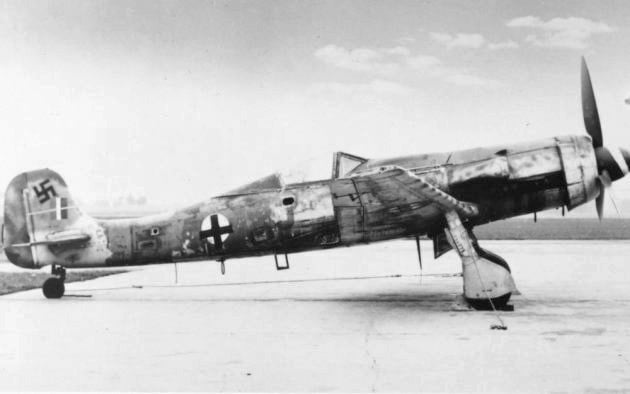
5. It Was Mistakenly Attacked by Other German Fighters
On one of its first missions, a flight of Ta 152s was repeatedly attacked—by friendly Bf 109s. The attackers didn’t recognize the new, long-nosed silhouette of the Ta and assumed it was enemy. Ironically, this chaotic encounter only highlighted the aircraft’s strengths—it outflew its own contemporaries, dodging the attackers with ease while remaining combat-ready.














